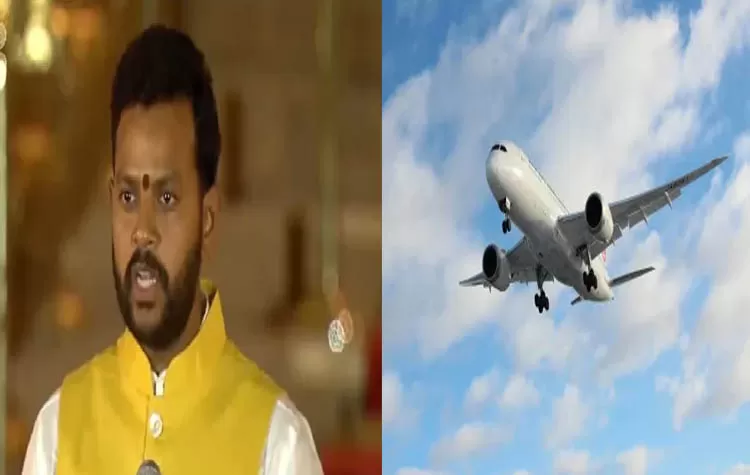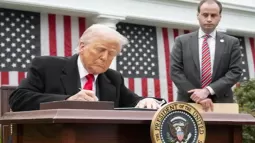
Union Civil Aviation Minister K. Rammohan Naidu has said that the government is promoting competition in the aviation industry and reducing airfares to make it cheaper for consumers. There has been a growth in operational aircraft in India from 320 in 2014 to 840, showing robust growth in the industry.
In a Lok Sabha session, the minister made it known that 1,700 new aircraft orders are on hold. He emphasized the fact that the nation is experiencing 10% annual growth in air traffic, and this has encouraged the government to speed up required approvals for airlines to operate effectively.
Enhancing Domestic Aircraft Leasing Sector
Earlier, aircraft leasing deals had taken place in Ireland, Singapore, and Dubai because of the tax advantage. But as part of Prime Minister Narendra Modi's drive to encourage domestic leasing, the government has established facilities in Gujarat's GIFT City.
- More than 200 aircraft have already been leased through this initiative.
- An 8-10% cut in leasing costs is being brought about through a new law.
- Reduced leasing costs are likely to help manage ticket prices.
Expansion of Regional Connectivity and Airports
After the introduction of the UDAN scheme, regional aircraft with capacities of 9, 18, and 40 seats have been introduced. Also, new airlines with a fleet of two or three aircraft have commenced operations, making traveling more accessible for passengers.
During the last decade, the total number of airports in India increased from 74 to 159, considerably improving regional connectivity.
Regulating Airline Ticket Prices
To avoid sudden fare increases, the government has implemented a price control mechanism:
- Airlines are required to file their monthly charge chart with the DGCA on the first day of every month.
- No fare adjustments can be made after filing.
Fuel prices contribute 45% to overall flight costs, and MPs calling for cheaper airfares have been asked to take measures in their respective states to reduce aviation fuel prices.
Tags Cloud













